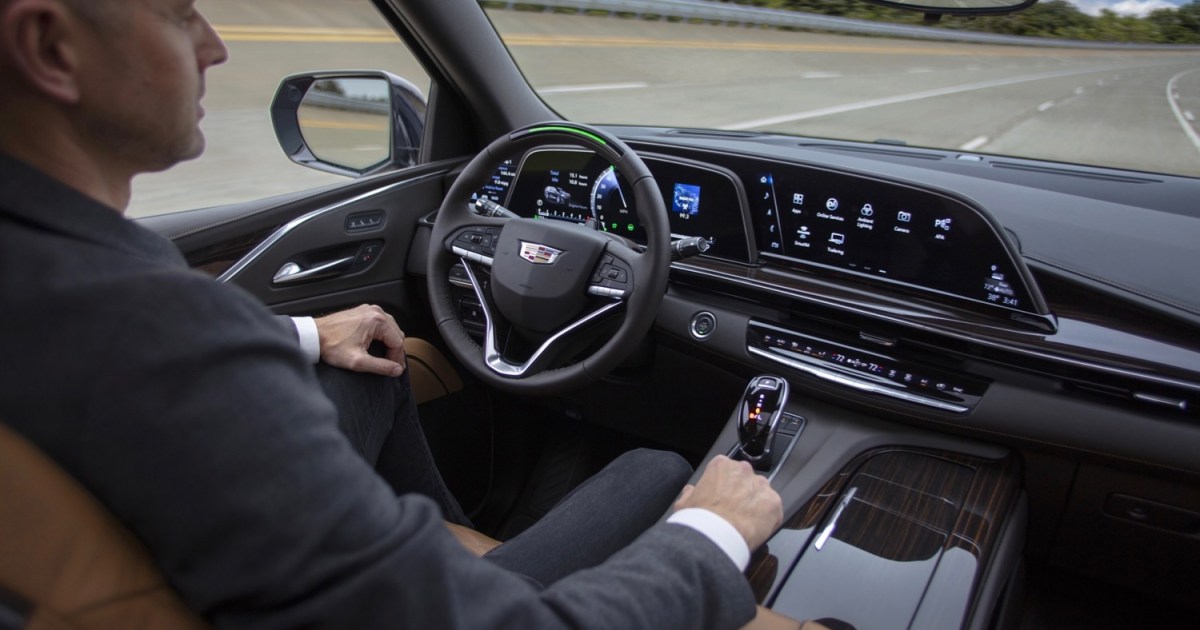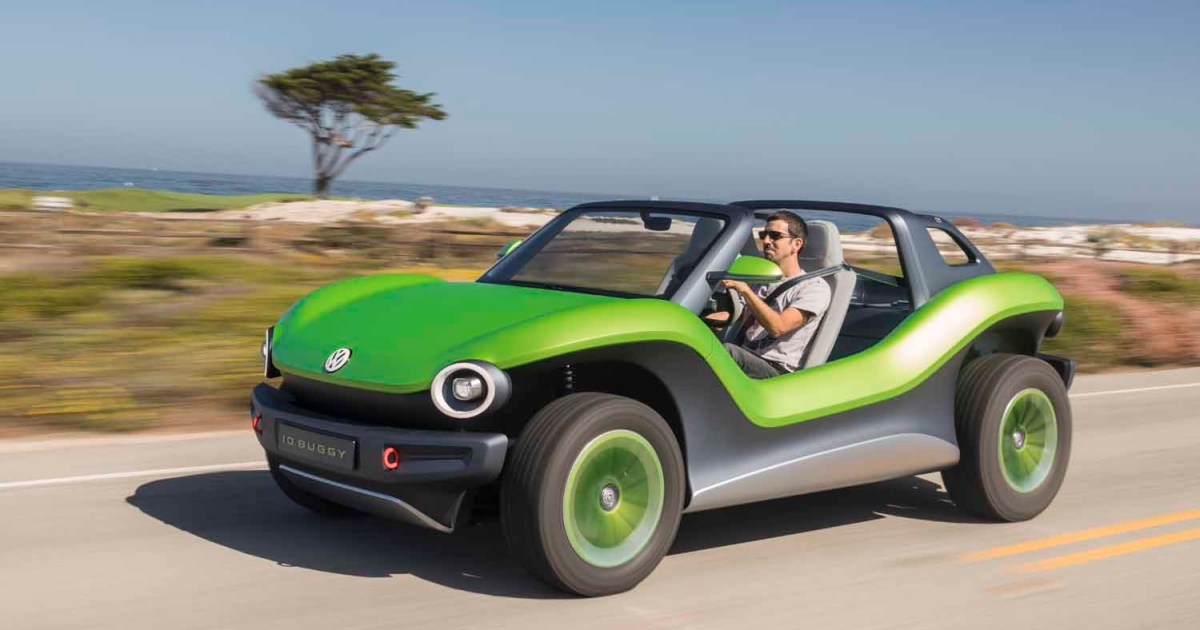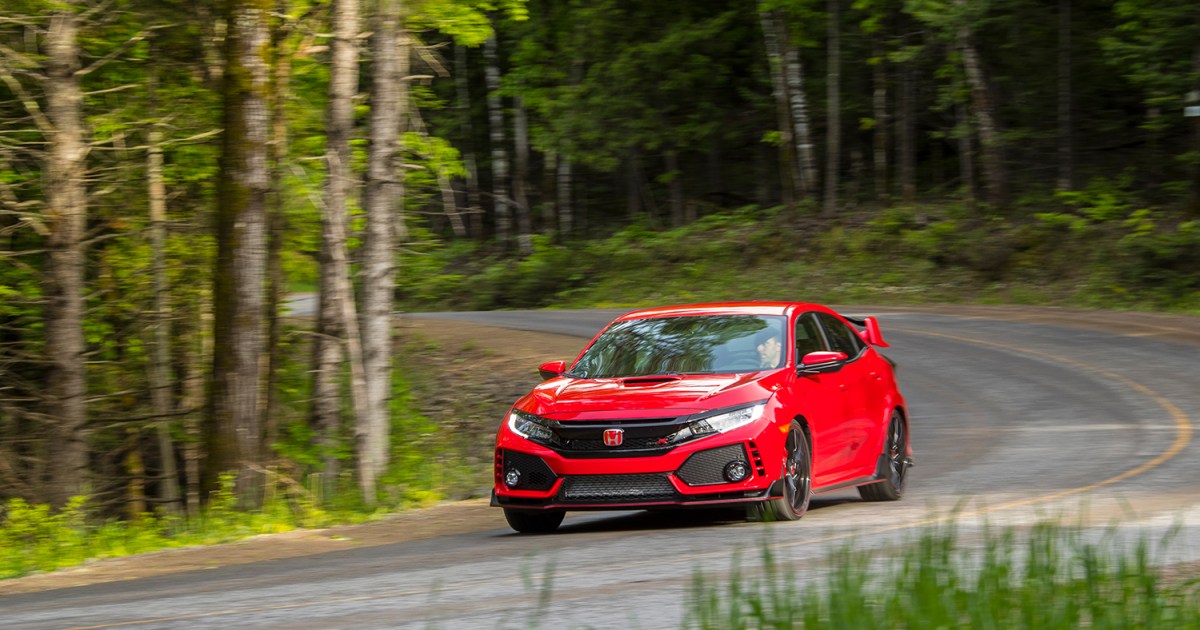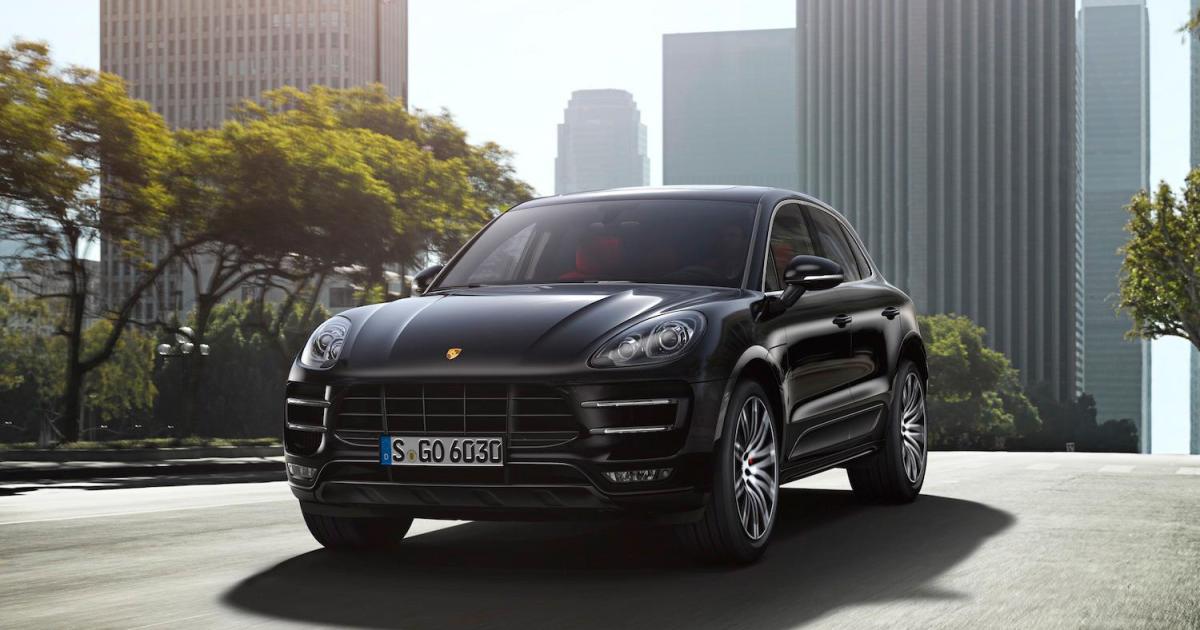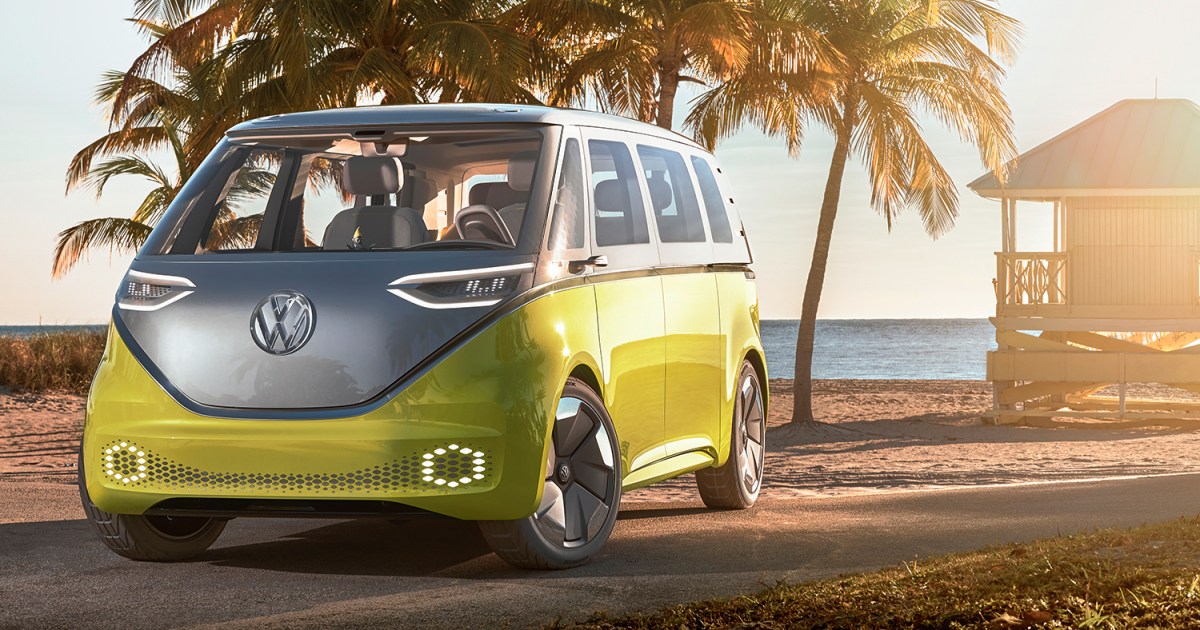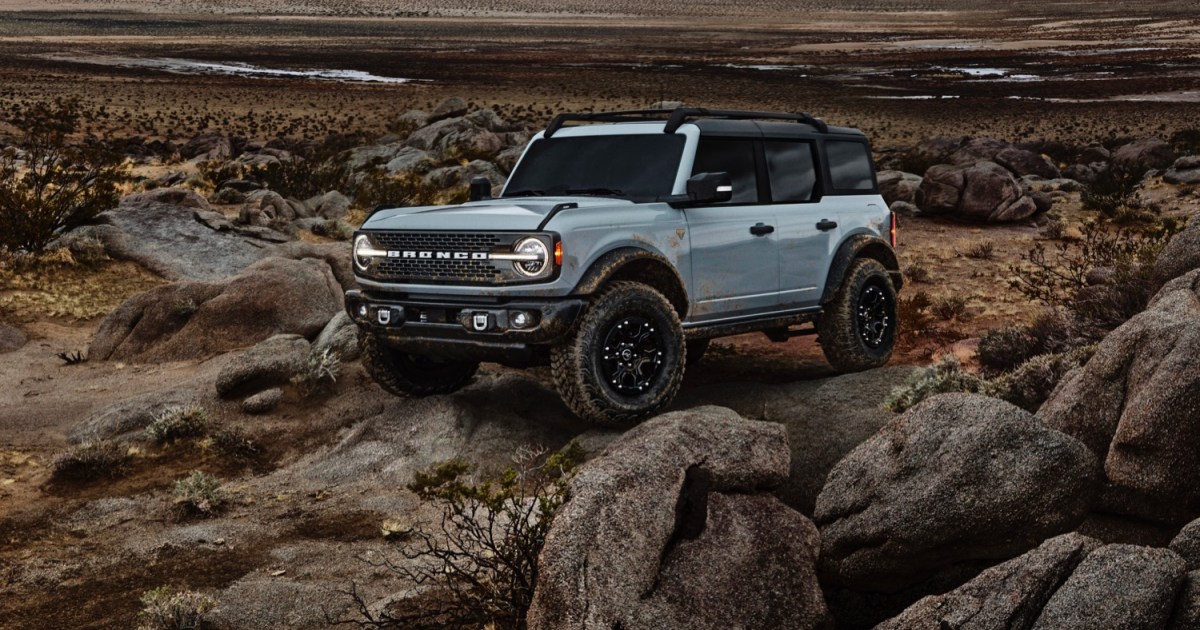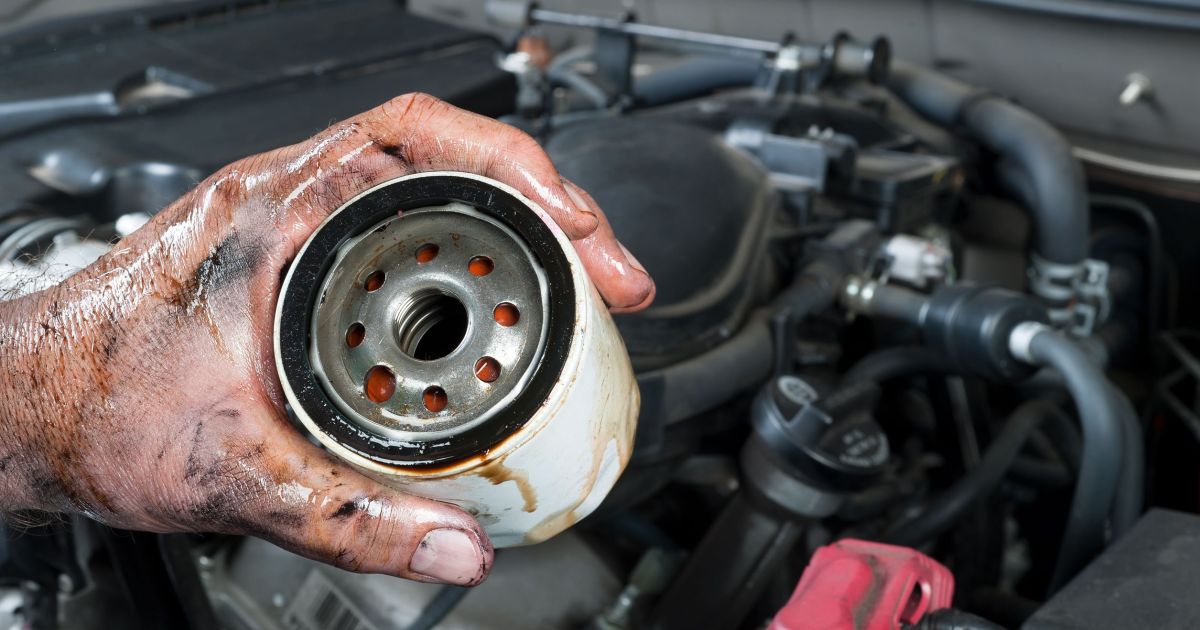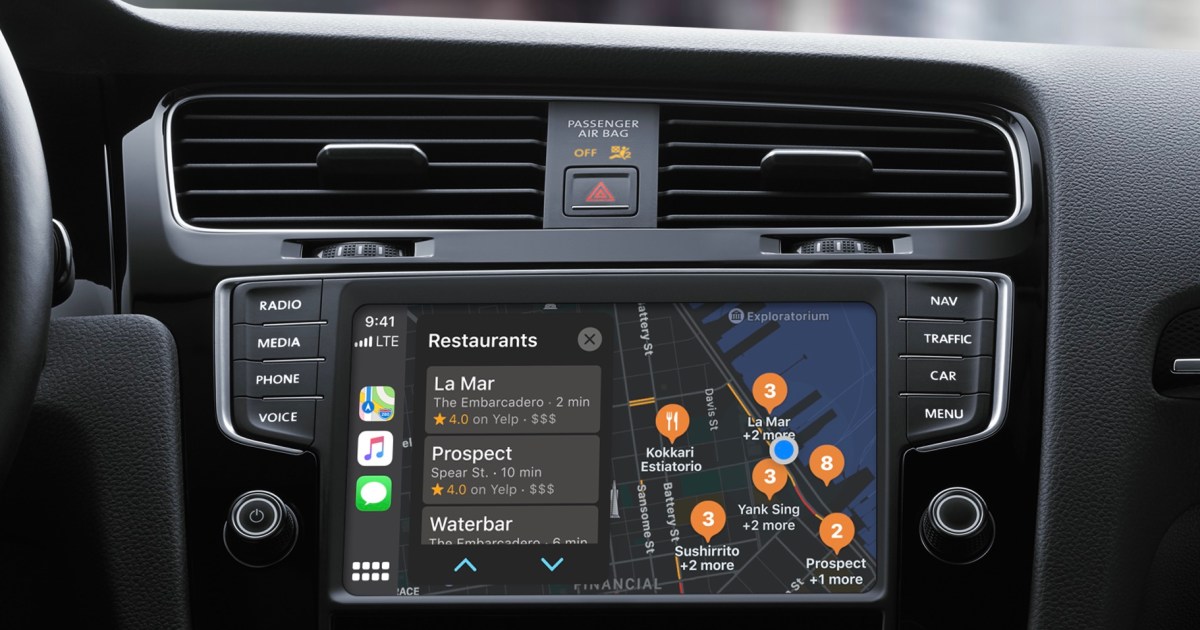Advanced driver-assistance systems (ADAS) are rapidly transforming the automotive landscape. Two prominent contenders in this arena are Cadillac’s Super Cruise and Tesla’s Autopilot. While both aim to enhance driving convenience and safety, they employ different approaches and offer distinct functionalities. This article delves into the intricacies of each system, highlighting their similarities, differences, and respective levels of advancement.
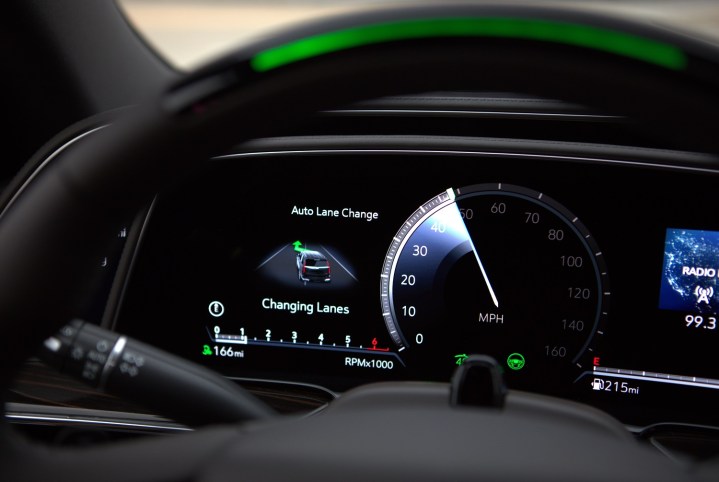 Cadillac Super Cruise graphicsImage: Cadillac Super Cruise interface. (Used with permission by copyright holder)
Cadillac Super Cruise graphicsImage: Cadillac Super Cruise interface. (Used with permission by copyright holder)
Understanding Cadillac Super Cruise
Cadillac adopted a unique strategy when developing Super Cruise. Recognizing the inherent limitations of real-time learning, Cadillac prioritized preemptive knowledge. The system utilizes highly detailed maps of major US highways, currently encompassing over 200,000 miles. This allows Super Cruise-equipped vehicles to anticipate road features like curves and inclines, enhancing safety and predictability.
Complementing this pre-programmed knowledge, Super Cruise integrates cameras, radar, and lidar to monitor the vehicle’s surroundings and react to dynamic elements like other vehicles. This combination of pre-existing map data and real-time sensory input provides a comprehensive understanding of the driving environment.
On compatible highways, Super Cruise enables hands-free driving, managing acceleration, braking, and steering. Crucially, this doesn’t equate to autonomous driving; drivers must remain attentive. A driver-facing camera monitors attention levels, issuing warnings if the driver becomes distracted. After three consecutive alerts, the system deactivates and brings the vehicle to a controlled stop.
While less publicized than Tesla’s Autopilot, Super Cruise has garnered accolades for its safety and innovation from publications like Autoblog and Popular Science. Cadillac has reported a remarkable safety record, with no reported accidents attributed to Super Cruise usage as of February 2020, despite over 5.2 million miles logged using the system.
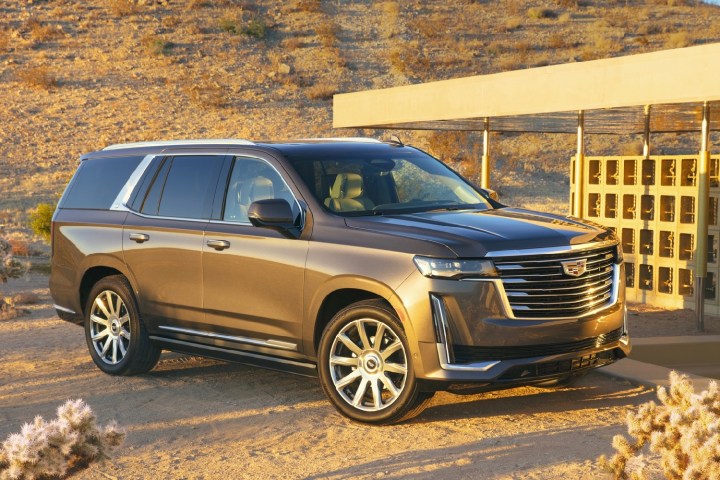 Cadillac Super Cruise in EscaladeImage: Cadillac Escalade equipped with Super Cruise. (Used with permission by copyright holder)
Cadillac Super Cruise in EscaladeImage: Cadillac Escalade equipped with Super Cruise. (Used with permission by copyright holder)
Super Cruise Availability
Initially exclusive to the CT6, Super Cruise is now available on the 2021 CT4, CT5, and Escalade. General Motors plans to expand Super Cruise (potentially under different names) to at least 22 vehicles across its brands by 2023.
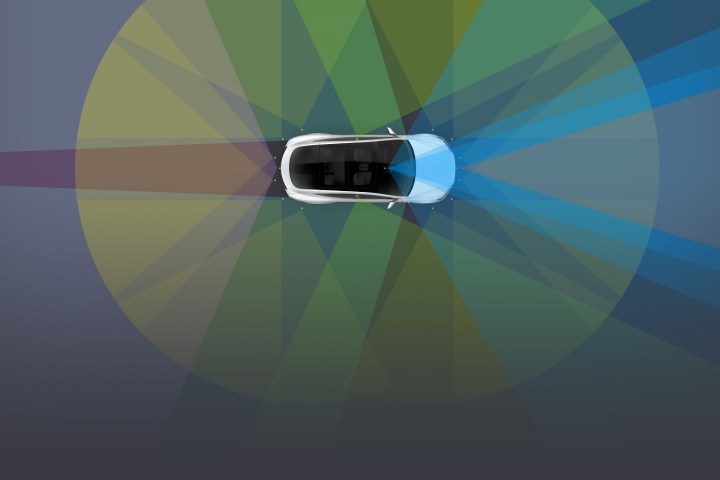 Tesla AutopilotImage: Tesla Autopilot visualization. (Used with permission by copyright holder)
Tesla AutopilotImage: Tesla Autopilot visualization. (Used with permission by copyright holder)
Exploring Tesla Autopilot
Despite its name, Autopilot does not enable autonomous driving. It’s a driver-assistance system leveraging eight surround-view cameras, 12 ultrasonic sensors, and forward-facing radar. Notably, Tesla eschews lidar technology.
Autopilot allows for automated steering, acceleration, and braking within its lane. However, Tesla emphasizes the need for continuous driver supervision. The driver must remain ready to take control at any moment, as Autopilot may not handle all driving scenarios.
Tesla also offers “Full Self-Driving Capability,” an enhanced ADAS suite. It’s important to clarify that this does not provide full autonomy. This package adds features like Navigate on Autopilot (automated lane changes and highway navigation), Smart Summon (remote parking assistance), and Traffic and Stop Sign Control (still in beta).
Tesla boasts extensive Autopilot usage, with approximately 3 billion miles logged by owners. However, the system has also been implicated in several high-profile accidents, prompting investigations by agencies like the National Highway Traffic Safety Administration.
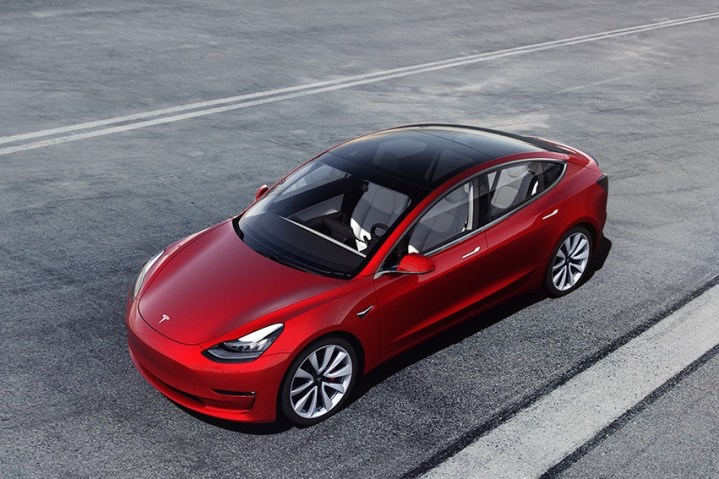 Tesla Model 3Image: Tesla Model 3, which comes standard with Autopilot. (Tesla, Inc.)
Tesla Model 3Image: Tesla Model 3, which comes standard with Autopilot. (Tesla, Inc.)
Autopilot Availability
Autopilot is standard across Tesla’s lineup, including the Model S, Model X, Model 3, and Model Y. It’s also slated for the upcoming Cybertruck and Roadster. Currently, Autopilot remains exclusive to Tesla vehicles.
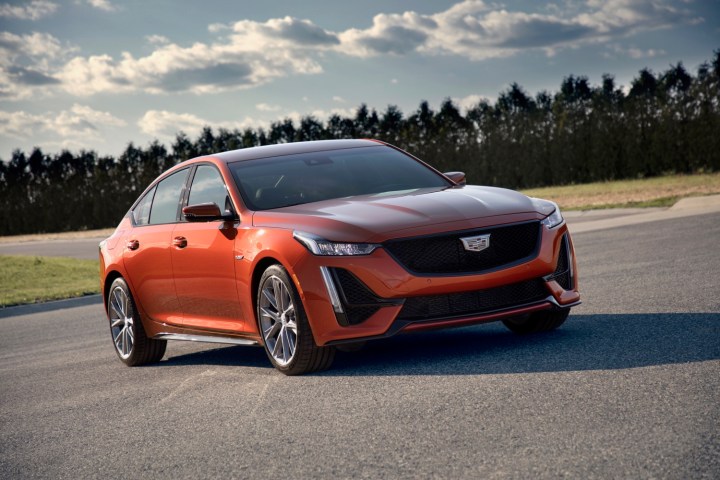 Cadillac CT5-VImage: 2020 Cadillac CT5-V. (Used with permission by copyright holder)
Cadillac CT5-VImage: 2020 Cadillac CT5-V. (Used with permission by copyright holder)
Comparing Advancement: Super Cruise vs. Autopilot
Defining “advanced” depends on the criteria. Super Cruise is explicitly designed for hands-free operation under specific conditions, while Autopilot requires hands-on engagement. However, Autopilot offers a broader range of features, including automated lane changes and parking assistance, lacking in Super Cruise.
Furthermore, Autopilot’s non-reliance on pre-mapped roads allows for wider usability. Super Cruise, conversely, is limited to its mapped highway network.
Therefore, Super Cruise excels in hands-free driving capability within its defined operational domain. Autopilot offers a more comprehensive suite of features but requires constant driver engagement. Both represent significant advancements in ADAS technology, each with its own strengths and limitations.



